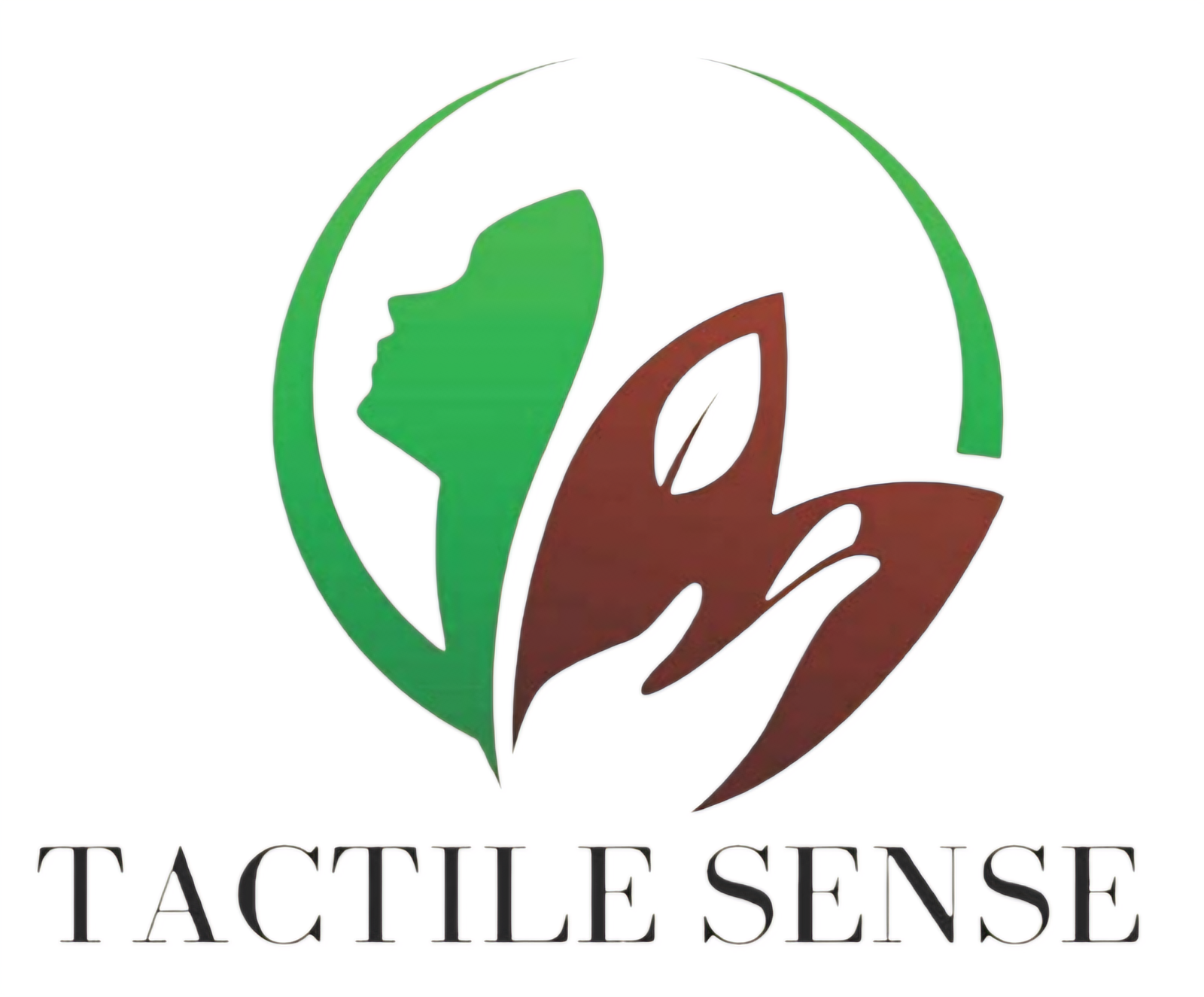There are 3 layers of the skin:
- Epidermis
- Dermis
- Hypodermis
THE EPIDERMIS is the uppermost top layer of the skin. Which is about 0.1mm thick on most areas of the face. It is composed of 5 layers:
- Stratum Corneum– the very top layer, visible to the naked eye. It is consisting of about 15 to 30 flattened dead cell layers on top of each other.
- Stratum Lucidum
- Stratum Granulosum
- Stratum Spinosum
- Stratum Basale– the bottom layer also known as basal cell layer. It is consisting of live stem cells that produce new Keratinocytes. Keratinocytes produce protein called Keratin, which gives our skin its texture. Melanocytes, a melanin producing cells, also resides here in this layer, which gives color to the skin.
So, these combined 5 layers are 0.1mm thick, as thick as a piece of paper, and again on most areas of the face.
Keratinocytes make up almost 90% of the Epidermis. Its role is to form a barrier for protection from environmental pathogens like bacteria, fungi and viruses, temperature changes, UV Radiation, and water loss.
Live Keratinocytes are produced in the bottom/basal layer of the Epidermis (Stratum Basale), which slowly migrate upwards to the very top layer (Stratum Corneum). As Keratinocytes working their way up the cell layers to reach the Stratum Corneum, they change characteristics, become mature, become flattened and dead, and eventually shed off (called Desquamation). When it shed off from the top layer, the basal layer is signaled to produce new live keratinocytes to start the cycle all over again to replace the shed ones. This cycle is a natural process called Cell Turnover Cycle that is constantly happening in the skin. It is the time it takes for the Epidermis to replace itself with new cells that migrate to the top.
The average Cell Turnover Cycle time is about 28-42 days. Younger people take about 28 days for the new cells in the basal layer (Stratum Basale) to reach the top layer (Stratum Corneum). However, Cell Turnover Cycle slows down as we age. This means that the older you get, the natural shedding of the dead keratinocytes (called Desquamation Process) get disrupted, the slower new cells are produced, and the more flattened dead cells are accumulated on your skin causing wrinkles, more visible fine lines, dull skin, uneven texture, clogged skin pores, acne, whiteheads and blackheads. These layers of dead-skin buildup on your face (called Dead Keratinocytes or Corneocytes) are held together by strong and tough adhesions called Desmosomes.
THE DERMIS is the middle layer of the skin and is responsible to give structural support to the skin. It is consisting of 2 layers such as Papillary Dermis and Reticular Dermis.
The structures that can be found in the dermis are blood vessels, nerves, various glands (sweat glands and sebaceous glands), hair follicles, and fibroblasts.
Fibroblasts is the primary cell of the dermis. It plays a role in wound healing and inflammation, and it produces Extracellular Matrix (ECM) components. The components of Extracellular Matrix (ECM) are:
- Structural Proteins such as: Collagen (provides flexible strength) and Elastin (responsible for skin elasticity).
- Ground Substance such as: Hyaluronic Acid (has a unique capacity to bind and retain water resulting to plumper skin and reduction of wrinkles and fine lines) and Glycoproteins.
As we age, we naturally lose collagen and elastin resulting to losing skin integrity. Decreased collagen results to wrinkle formation, and decreased elastin results to saggy skin. UV Damage also denatures collagen and elastin. NOTE! Collagen takes about 3 months or more to fully form once it has been stimulated.
THE HYPODERMIS (SUBCUTANEOUS TISSUE) is the lowermost layer of the skin. It is mostly consisting of adipose tissue (fat), and the storage site of most body fat. Its purpose is to fasten the skin to the underlying surface, provide thermal insulation, and absorb shocks from impacts to the skin.

